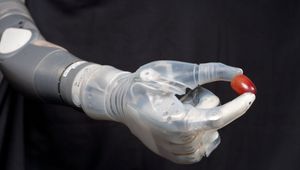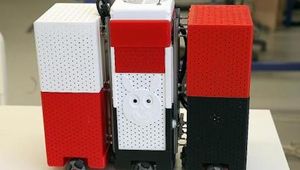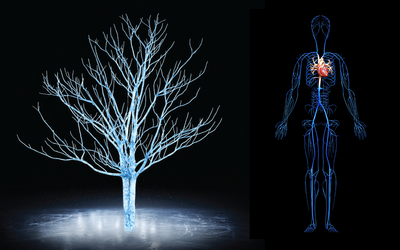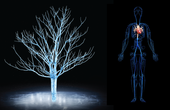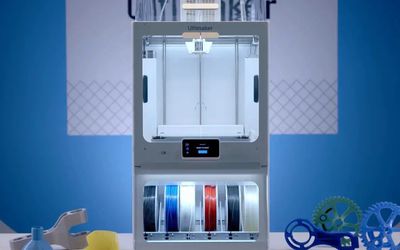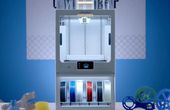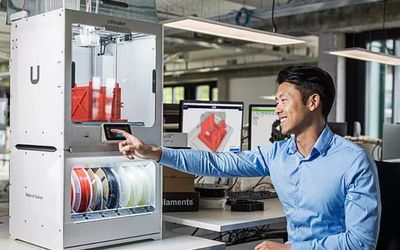CAL 3D printer
Computed Axial Lithography (CAL) synthesizes arbitrary geometries volumetrically through photopolymerization. The method may be used to circumvent support structures as it can print into high viscosity fluids or even solids.
Technical Specifications
| Laser | |
| Single exposures | |
| Manufacturing technique |
Overview
Computed Axial Lithography (CAL) synthesizes arbitrary geometries volumetrically through photopolymerization. The method may be used to circumvent support structures as it can print into high viscosity fluids or even solids. Printing 3D structures around pre-existing solid components is also possible. CAL is scalable to larger print volumes, and is several orders of magnitude faster, under a wider range of conditions, than layer-by-layer methods.
CAL uses projected photons to illuminate the syrup-like resin, creating a continuously shifting video of projections as the vial rotates. Like a CT scan done in reverse, the projections combine to form a 3D object that is suspended in the resin.
The CAL manufacturing system selectively solidifies a photosensitive liquid within a contained volume. Light energy is delivered to the material volume as a set of two-dimensional images. Each image projection propagates through the material from a different angle. The superposition of exposures from multiple angles results in a three-dimensional energy dose sufficient to solidify the material in the desired shape.
A digital video projector is used to output the computed intensity-modulated projections, which are time-sequenced to the rotation rate of the uncured photopolymer precursor material.
After the resin is exposed from all angles, the full 3D object is materialized as a whole within the material.
References
Describes the background of the project, the technology, stats & figures and experiments.
Describes existing methods, advantages of single shot lithography, image computation, the chemicals, and the CAL algorithm validation. Describes the 3D CAL Printing System, and goes into a discussion.
